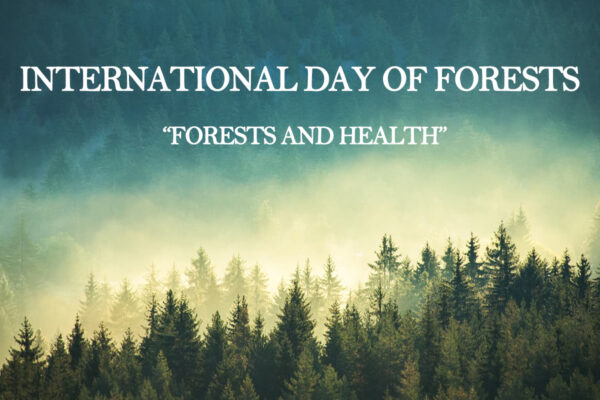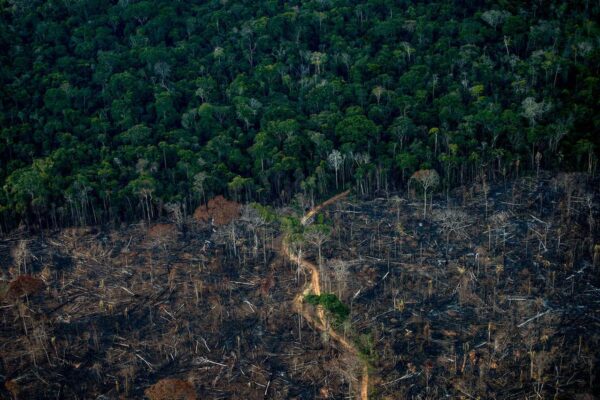Lights Out in Europe as Winter Approaches
The cold season will hurt more with the energy crisis going on in Europe, thanks to Russia
The world is dealing with countless problems at once, and it’s impossible not to talk about them. Climate change-induced heatwaves and wildfires are toasting half of the globe, Ukraine is trying to survive a dictator, people are drowning in the devastating floods in Pakistan, and Europe is battling an energy crisis as Russia has halted gas supplies through Europe’s main pipeline. Russia’s move is a result of the fallout from the Russia-Ukraine war that has sunk the entire continent into the worst energy crisis in decades.
While Europe is battling the crisis due to Russia, the country blames punishing economic sanctions imposed by the West that prompted it to halt the gas supplies to Europe indefinitely. However, it is a clear indication that the Kremlin wants to coerce Europe to lift the economic measures in order for Moscow to turn the wheels of its economy smoothly before winter.
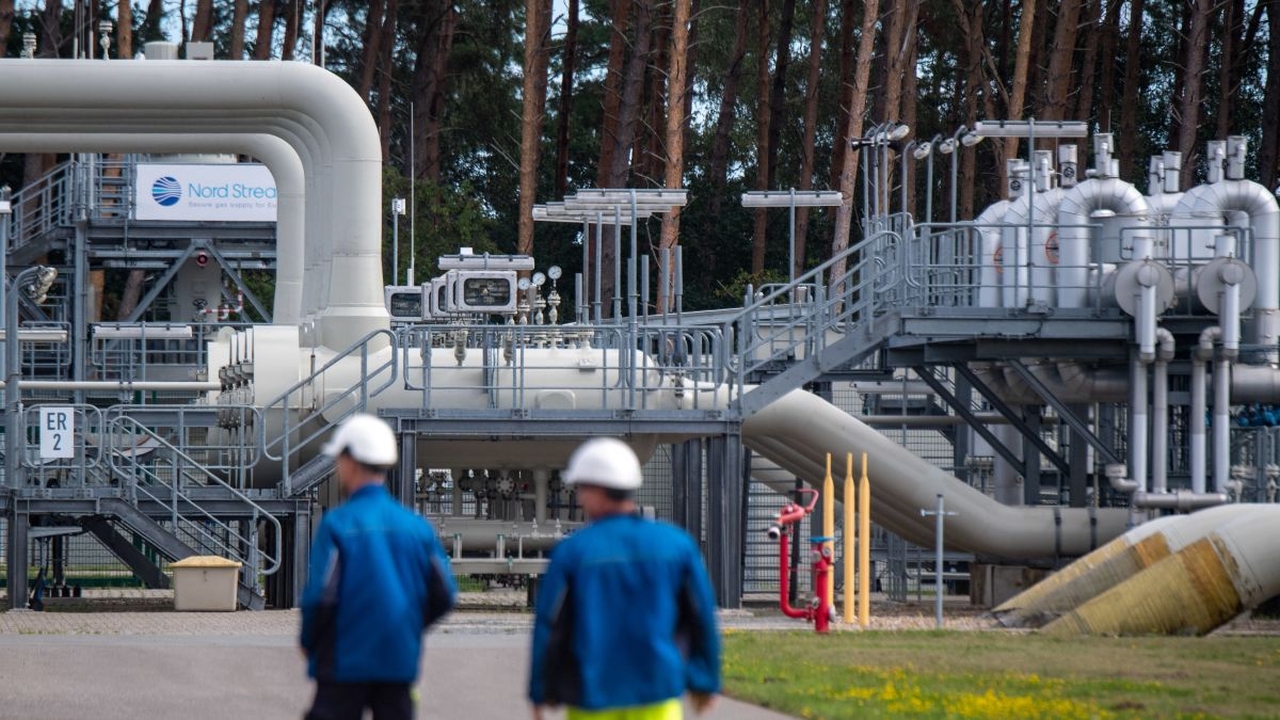
Image: CNN
Energy crisis in Europe
Europe has a dependency on Russia for 40 percent of gas needs, 46 percent of coal, and 27 percent of the oil. The European Union needs to shed this dependency soon. Otherwise, the continent is set to experience its worst winter since the one at the end of World War II.
According to analysts at energy consultancy Rystad Energy, this latest move by Russia has suggestively augmented the risk that Europe may not get further gas flows through Nord Stream 1 for the whole winter. It could cause tremendous difficulties in the continent.
Kremlin spokesman Dmitry Peskov said;
Problems in pumping arose because of the sanctions imposed against our country and against a number of companies by Western states, including Germany and the U.K. The very sanctions that prevent the maintenance of units, which prevent them from moving without appropriate legal guarantees, which prevent these legal guarantees from being given, and so on.
From the UK to Italy, countries are running to swap natural gas supplies from Russia to cut the higher costs for industry and households. If it fails to resolve the issue within a couple of weeks, the European Union is at risk of a complete economic shutdown from which recovery will be immensely difficult.
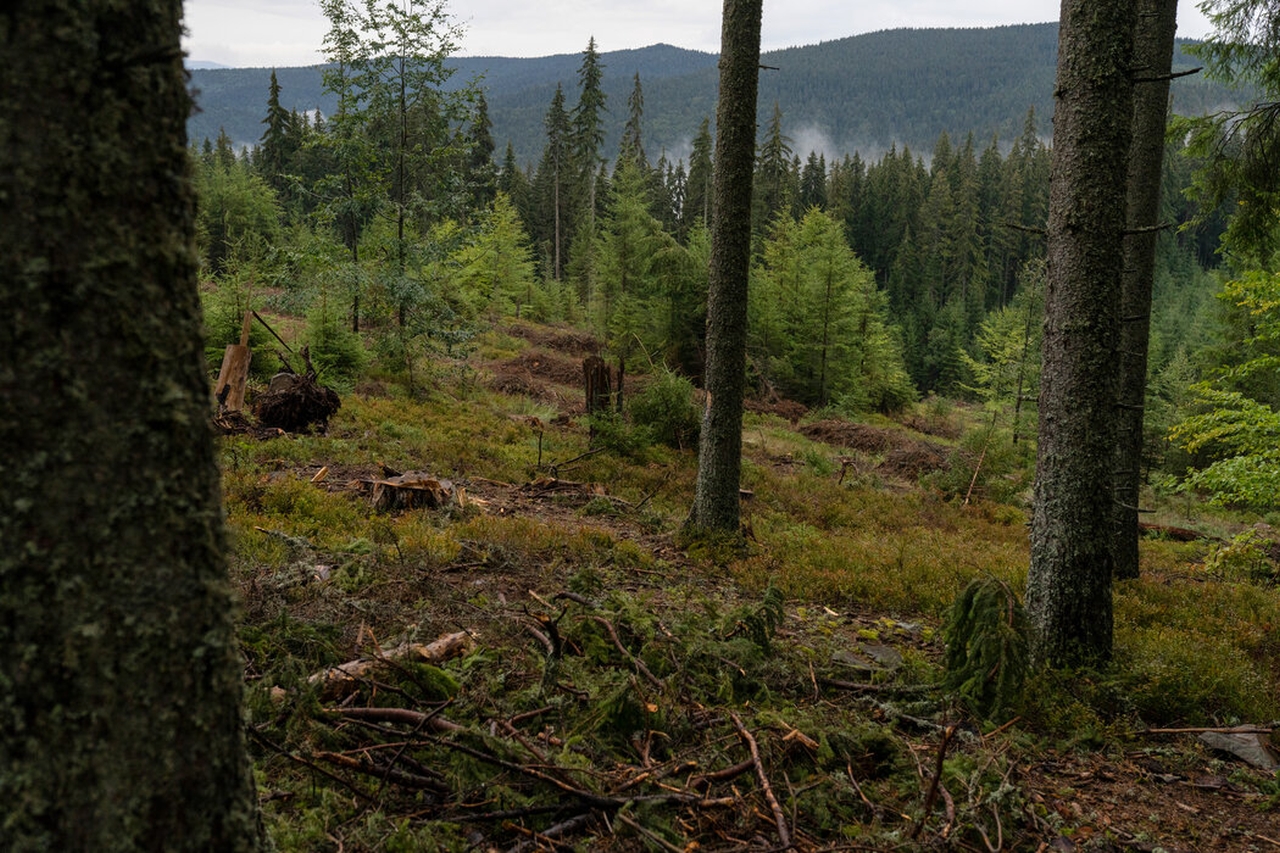
Image: Andreea Campeanu
It is fairly a worrisome situation as in warm weather, cooling appliances use electricity that can be generated by natural gas, wind or solar power, coal, geothermal, biomass, or nuclear. However, in winter, the heating equipment mainly consumes fossil fuels, especially natural gas and oil. The countries must find renewable sources or the winter might bring devastation to life, livelihoods, industries, and economies in the entire continent.
Europeans are scrambling for alternative energy sources as natural gas prices have skyrocketed after Russia’s move. Households are facing a 480 euro rise in gas bills in Germany, prompting people to resort to stockpiling firewood. Well, that is bad news for the environment.
Current Energy Options
While firewood can help increase supply, European countries must look to each to cultivate other sources of natural gas. Countries can help ease blocks within Europe, such as insufficient cross-border gas interconnections.
If the union fails to secure its winter energy needs through alternative energy sources, the ultimate solution will be to use firewood. Although burning wood was never supposed to be the cornerstone of the European Union’s green energy strategy, the continent is now sacrificing its ancient forests to meet its energy needs. This is driving a major deforestation move throughout the entire continent.
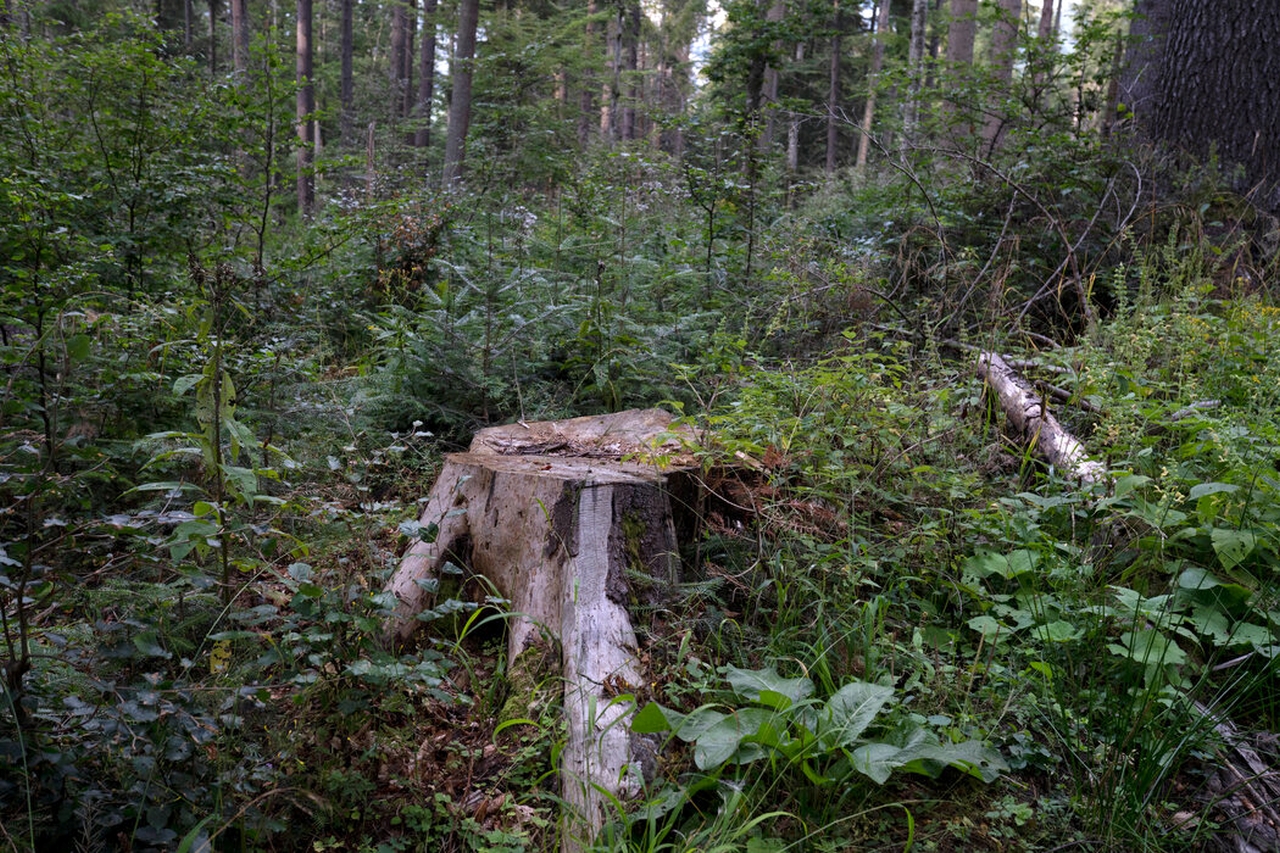
Image: Andreea Campeanu
Over a decade ago, the bloc subsidized wood burning to boost renewable fuel and incentivize the move away from coal and gas. Besides, chips and pellets were advertised as a way to turn sawdust waste into green energy on the continent. Now, wood is Europe’s largest renewable energy source, far ahead of wind and solar power.
However, with the Russian energy crunch, trees in ancient forests are being harvested for power. This is a huge crisis as Europe’s choice of wood to tackle climate change has not yet paid off as promised. For instance, once key assets for carbon sequestering forests in Finland and Estonia are now witnessing massive logging that they are carbon emitters. The Hungarian government has waived conservation rules to allow increased logging in old-growth forests.
Even though the EU considers wood burning as clean energy, the EU scientific research agency said that burning wood released more carbon dioxide last year than would have been generated by fossil fuel energy usage. And while people think wood pellets are a sustainable pick, they are the drivers of obliteration of Europe’s last wild forests.
The European Parliament has called to “phase down” the amount of wood counted as renewable, but has rejected calls for a complete phase-out of using wood for energy. Scientists have warned that wood burning releases more carbon than burning gas or coal. The move of the parliament will only harm the environment.
Greener Alternatives
Even though the EU has been a leader in establishing green policies, its need to find energy sources as Russia controls back its natural gas supply to the rest of Europe has put its green commitments in jeopardy. The continent needs organized demand decrease and pandemic-style measures to curb the impact of Russian withholding of natural gas.
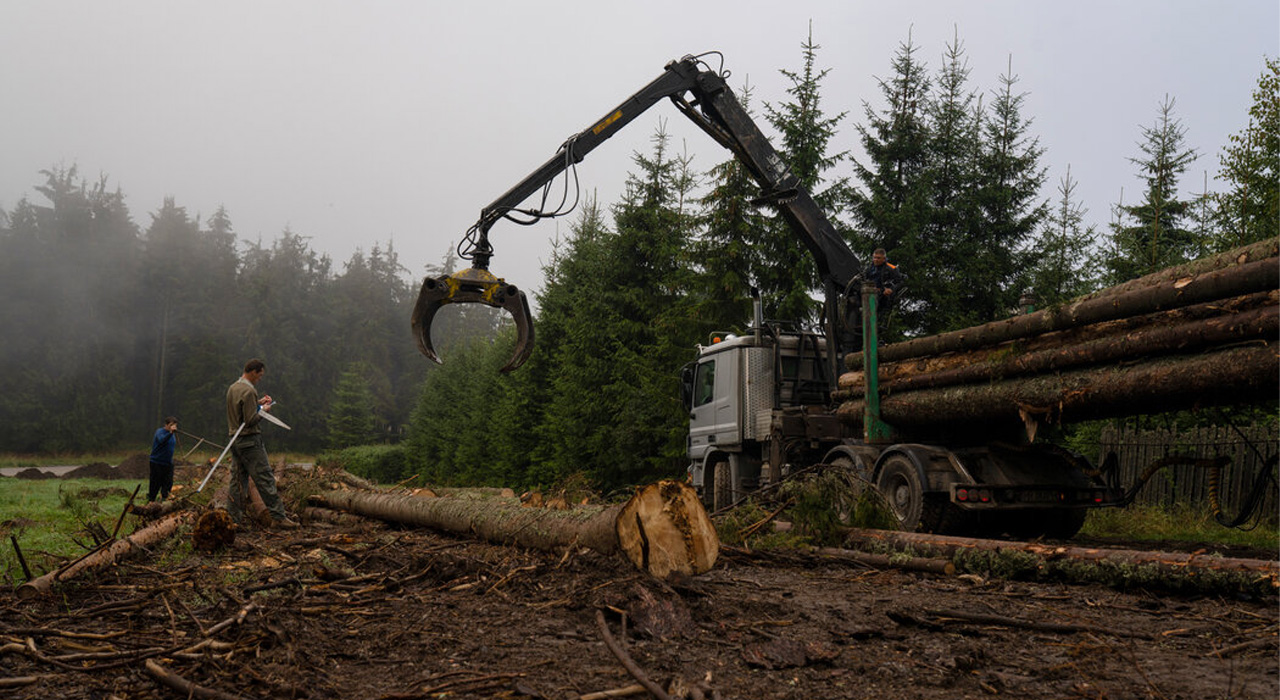
Image: Andreea Campeanu
The continent must also conserve its ancient forests and not saw through them to fulfill its energy needs. An argument that sounds good in theory but implications of which are difficult to establish in reality as countries face a cruel winter when other energy sources are not easily available.
Various cross-societal efforts, possible rationing and mandatory teleworking can be used to further demand reduction. Another energy-efficient measure is to reduce the carbon dioxide output of European households through heat pumps. An EU-level economic venture could also help distribute efficient burden-sharing.
While European countries do have some renewable energy sources such as wind and solar energy farms, these sources only cater to a fraction of their energy needs. Cultivating more renewable sources can help save the energy crisis in Europe, but it will take quite some time to establish more plants.
However, as of now, the entire continent is in an energy bind. Meanwhile, the Europe energy crisis has created a ripple effect impacting its agriculture and beverage businesses. Only further actions by the European Union will decide the fate of the continent and its inhabitants over the cold season.
